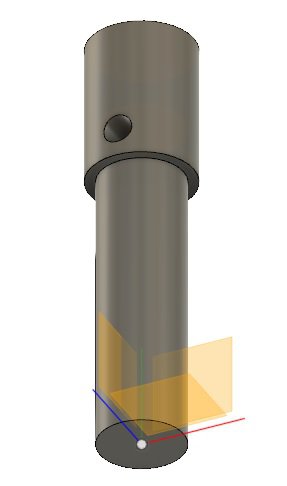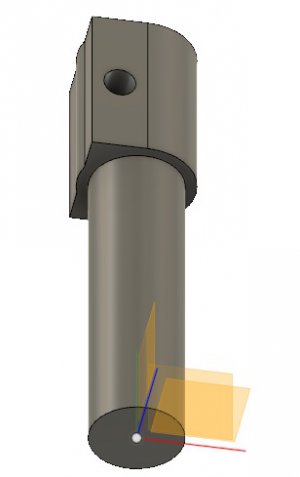- Joined
- Dec 27, 2017
- Messages
- 340
I was wondering about this and did an internet search. But as usual, my searches are so specific that I did not really find anything on it. Let's say I have this shaft that is 0.750 radius and has a tube it applies torque to by means of a cross pinned bolt. Would the setup be able to transmit more torque with the bolt in a perpendicular position, or would it be able to apply more torque if offset before it shears?



